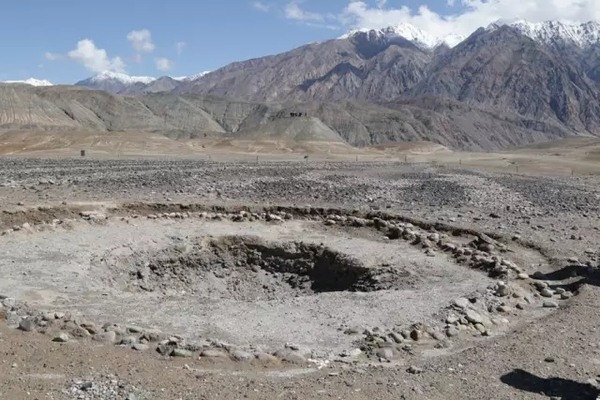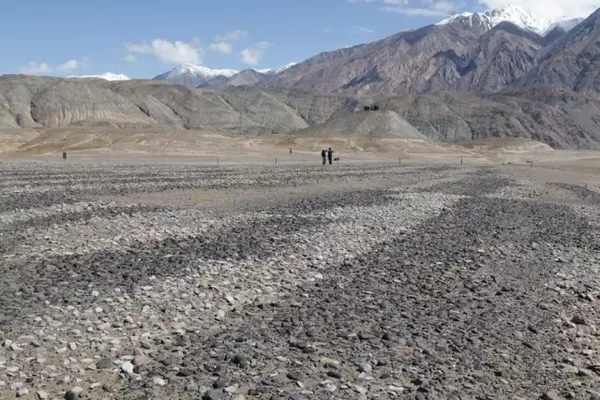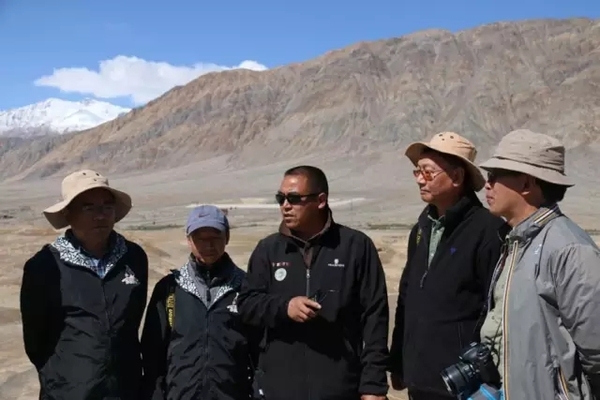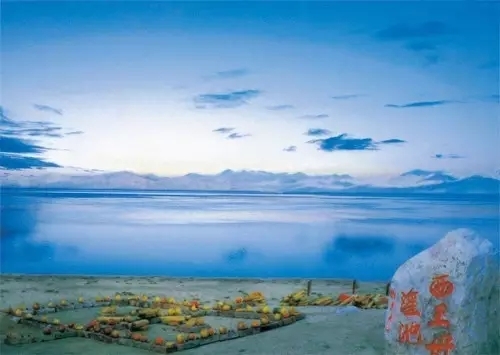Silkroads News
A large-scale Silk Road of China got great discovery from its scientific investigation
Hosted by the Silk Road (Xinjiang) International culture development center, participated and organized by Guoguang East Network Co Ltd (Beijing), Kunlun-Heyuan road’s scientific investigation started in Kashi(Xinjiang province) on September 1st. This is a 10-day activity which aimed at more scientific carding and analyzing for Kunlun culture and its closely related culture---Heyuan culture. At the same time, this is also the most large-scale multi-disciplinary comprehensive filed scientific investigation up to now in China.Recently, the team of comprehensive scientific investigation carried out a field trip for a 2500-year- old Zoroastrianism site in Taxkorgan. The big shots who participated in this scientific investigation said that the discovery of this site may relate to Zoroastrianism's early origins of culture, and it might rewrite the history, which would make it become one of the important discoveries in the world. At the same time, this discovery also proves that as a world-renown crossroad, China Xinjiang plays an irreplaceable role in communication of civilization for Eurasian continental.

Through the field trip, Doctor Wu Xinhua, the archaeology researcher who led this team in Chinese Academy of Social Sciences and the team captain of Xinjiang deduced that black and white stones laid and strew at random radically on the ground, it must be related to the ray of sight in this condition. And the most intuitionistic thing to the ray of sight is sun, so that he considered that it was related to the sun worship in early stage. Through inspecting the graves, he judged that the site might have 2500 to 3000 years' history. Then, after taking samples from graves and making C14 age-dating, the graves could be confirmed tentatively that the graves were more than 2500 years' cultural relics. Seeing his opinion was certified by high technology, Doctor Wu added confidence to find large-scale graves.
Doctor Wu said:"it has been more than 13 years since I walked in Pamir in 2003 and I kept on doing investigation of channel and sites." Because the culture relics in Pamir were barren and the single, he didn't find suitable relics to investigate. Until 2005 to 2007, the local fellow-townsman told him that there was an interesting place which was full of black and white stones. Then Doctor Wu found it special but he didn't connect those stones with Zoroastrianism at that time.
Mention to Zoroastrianism, most people will associate it to Louis Cha 's "The Heaven Sword and Drag on Saber" at once. The magical flame and beautiful girl of Persia Xiaozhao and so on are very attractive. But in fact, Zoroastrianism is another religion from Persia----- Manichean. Though Manichean has disappeared, there are still Hundreds of thousands of Zoroastrianism believers exist in Iran, India and Iraq. Also, there are some traces of Manichean in China Jinjiang.

Zoroastrianism is popular in ancient Persia, Central Asia and Xinjiang in China. It was state religion in ancient Persia and also influenced Buddhism, Judaism and Christianity a lot before these religions' birth. Zoroastrianism's origin was guessed from Persia or Persia, and this discovery supports the origin of Zoroastrianism is from Central Asia. It may locate its area of origin in the edge of Tarim Basin or Tarim Basin directly.
In addition to this, the specialists also answered the question: why the China ancients thought the source of the Yellow River is in Kunlun Mountains?

Yang Lin, the director from the department of Archaeology from the National Museum of China archaeology illustrated that in ancients' concept, the water of Kunlun Mountains was passing through Tarim, Lop Nor and then gathered in the yellow river.


One of the earliest adoration of the ancients is nature worship. They had fear and worship on mountains, rivers, heaven, earth and the sun. The belief of Chinese is in prehistoric ages, we also call that jade carving age. The worship represents transparent stones of day, God, and eternal life. So that the mountains which were found some magical jade, they were deified. In the Emperor Wu of Han Dynasty, Zhang Qian served as an envoy for the Western Regions, took jade from Kingdom of Khotan(today's Khotan) South mountain . Emperor Wu of Han read books and map and then changed the mountain's name to the "Kunlun".

According to history records, Emperor Wu of Han not only found the real "home" for Kunlun Mountains, but also he concluded that the Yellow River which nourished the Chinese civilization was originated from Kunlun Mountains by the experience of predecessors. So far, the Yellow River and Kunlun Mountains, two representative symbols of Chinese civilization, reaching an agreement to holding their hands side by side.
Category: English
News
Silkroads News
Key words:
